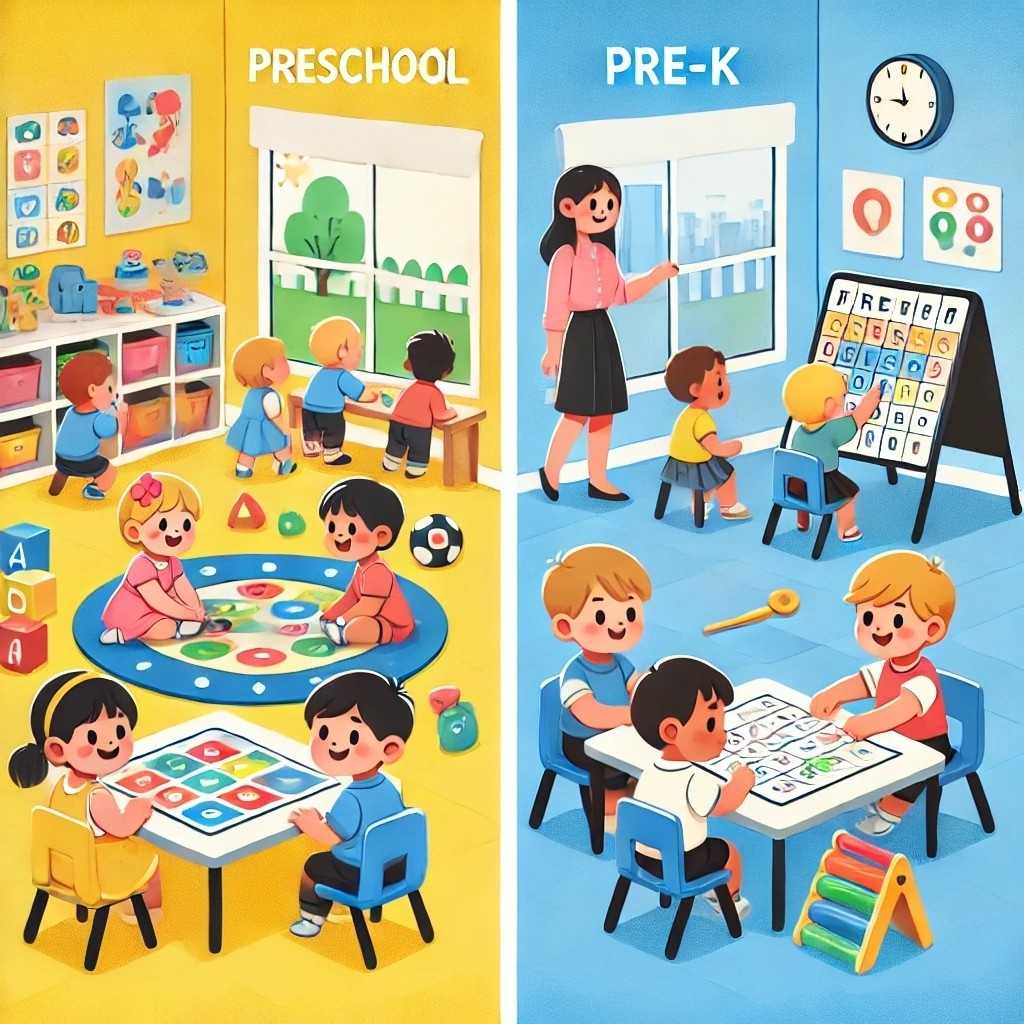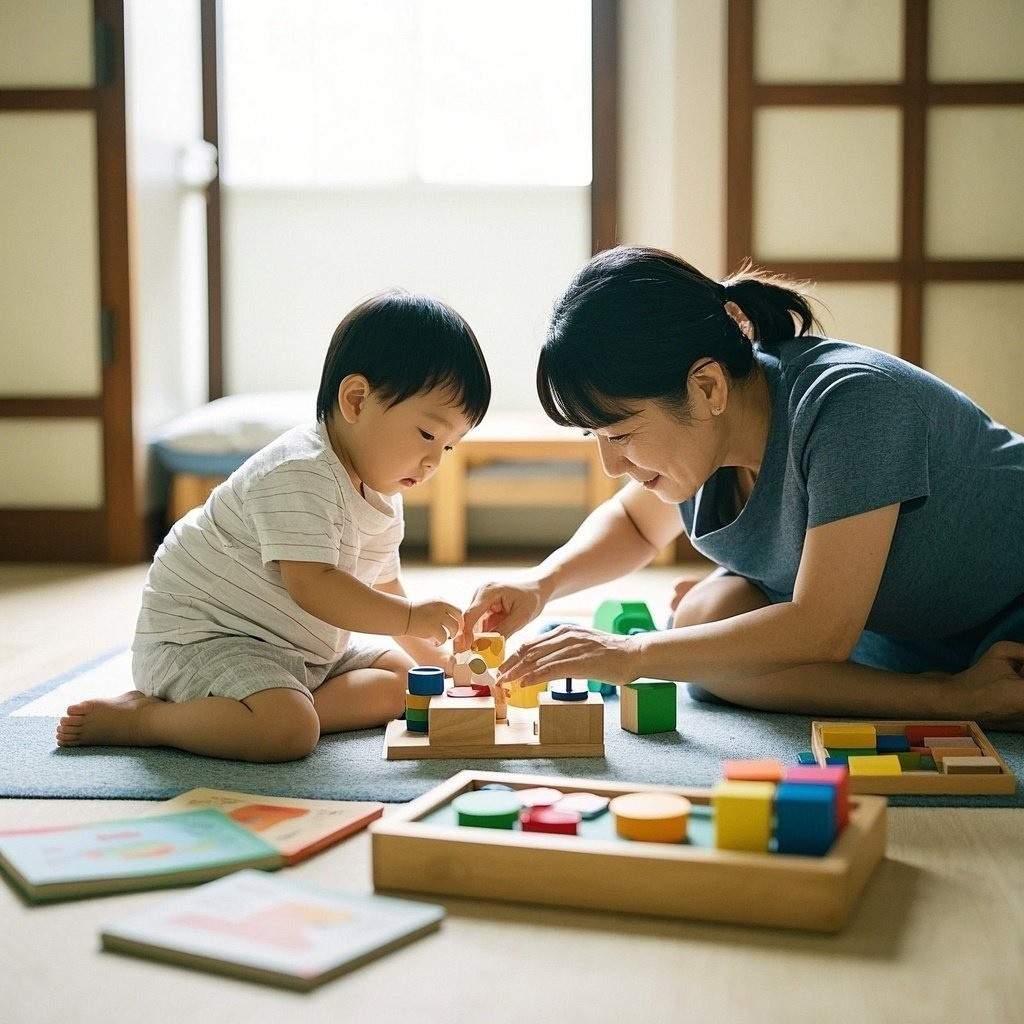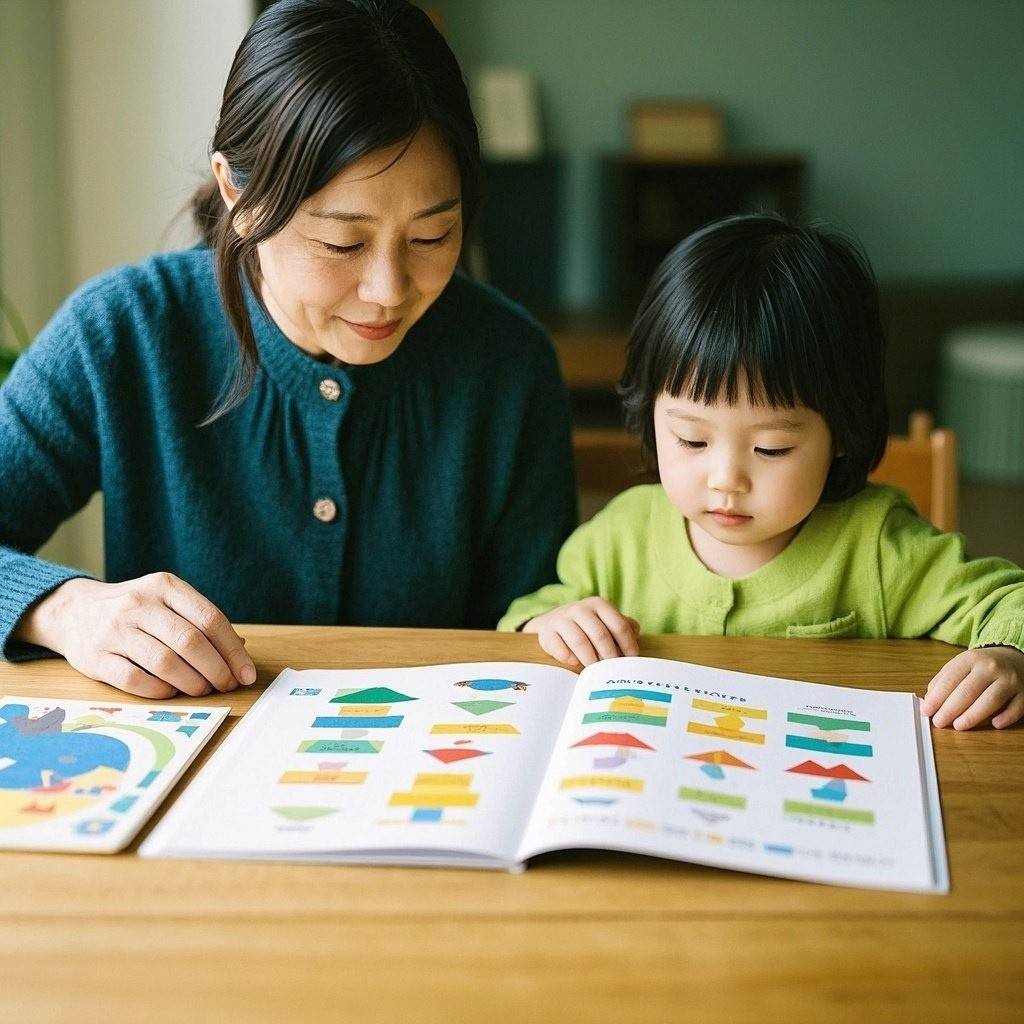10 Simple Sensory Activities to Boost Your Child’s Learning at Home is more than a headline—it’s a roadmap to playful, brain-building moments you can set up with items already in your cupboards. When children pour, squish, stomp, and sniff, their minds forge powerful links between language, movement, and emotion, laying foundations for reading, math, and self-regulation. The ten ideas below each clock in at about one-hundred words, making them quick to read and even quicker to implement, yet rich enough to keep little explorers happily absorbed. Sprinkle them throughout your week, rotate materials often, and invite your child to help pack away supplies so responsibility grows alongside curiosity. Ready to turn your living room into a friendly learning laboratory? Let’s dive in.
1. Sensory Bins for Exploration
A sensory bin is a shallow container filled with carefully chosen materials that invite hands-on discovery. Pour in dry rice dyed in rainbow hues, silky kinetic sand, or cool water beads, then embed small toys, scoops, and funnels. As children sift, pour, and bury treasures, they sharpen fine-motor control, practice early math by comparing volumes, and stretch vocabulary describing textures and colors. Rotate fillers weekly to sustain curiosity and keep germ growth at bay. Briefly guide your child to hide letters or numbers under the grains to create an instant matching game that blends imaginative exploration with playful literacy review.

2. Mess-Free Sensory Bottles
Mess-free sensory bottles tame chaos while still delivering multisensory wonder. Fill a clear plastic bottle two-thirds with water, add a squeeze of glycerin, then sprinkle sequins, beads, and glitter. Hot-glue the cap shut. Children rock and roll the bottle, observing swirling galaxies settle, quietly exercising self-regulation and exploring cause-and-effect. Create themed sets: an ocean bottle with blue dye and shell charms, a garden bottle with green dye and tiny plastic flowers, or a firecracker bottle with red sequins and stars. Swap colors seasonally to keep attention fresh and challenge kids to predict settling times using simple stopwatches, sparking exciting visual learning.

3. Nature Scavenger Hunt
A nature scavenger hunt turns any walk into a detective mission rich with literacy clues. Sketch a picture checklist: a smooth stone, a jagged leaf, something fragrant, something rough, something tiny. Equip children with clipboards and chunky crayons, then wander at toddler pace, encouraging observation. Each find prompts sensory language—crunchy, velvety, pine-scented—while building categorization and memory. Pause to photograph discoveries so kids can recount the adventure later, reinforcing sequencing. Back home, glue treasures onto cardboard to craft a tactile collage and label items together, sneaking in early spelling practice. Repeat monthly with new lists to track seasonal change and curiosity.
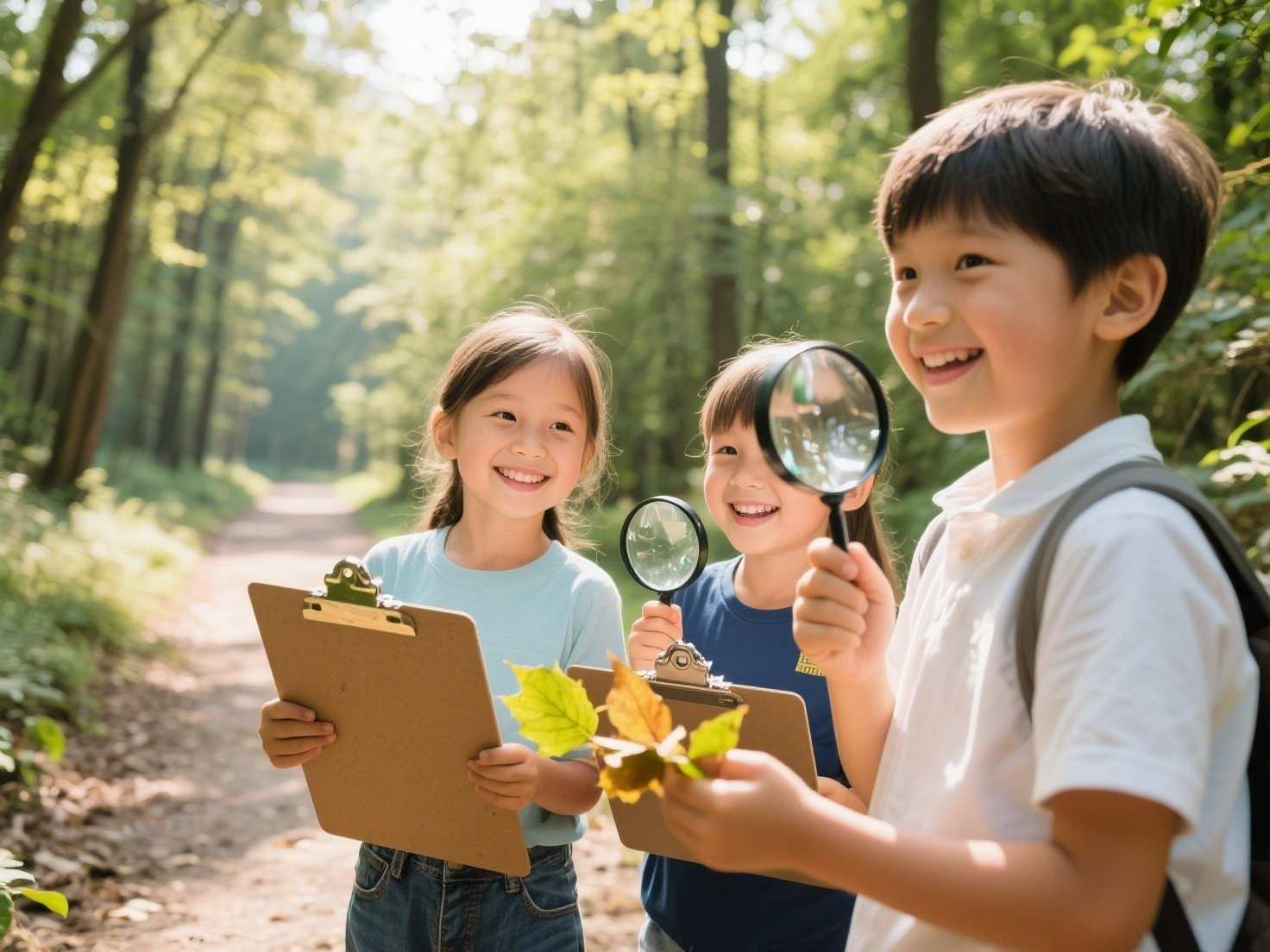
4. Sensory Playdough Activities
Homemade playdough delivers endless kneadable learning moments at pennies per batch. Combine flour, salt, warm water, cream of tartar, and oil, then tint with food coloring or natural spices like turmeric. Kneading strengthens hand muscles needed for handwriting, while pressing buttons, pebbles, or alphabet beads into the dough reinforces counting and letter recognition. Invite kids to scent each ball with vanilla or peppermint, expanding olfactory awareness. Challenge them to sculpt food items for a pretend bakery and price them with play coins, sneaking in math. Store the dough in airtight jars adorned with date labels to teach responsibility and longevity.
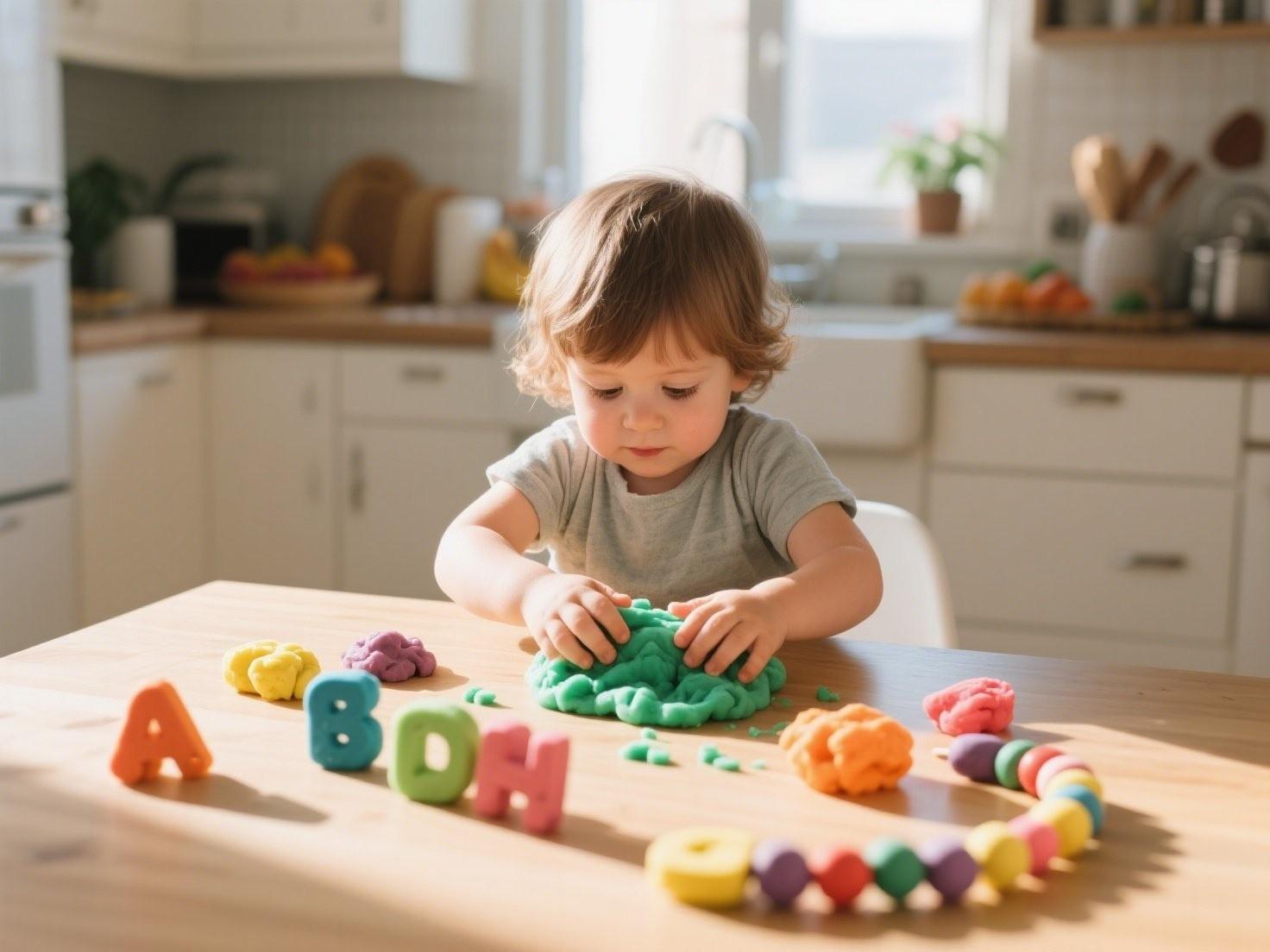
5. Sensory Obstacle Course
A sensory obstacle course transforms living-room floors into thrilling skill stations. Lay yoga mats for safe rolls, tape crunchy bubble wrap for hopping, string LED fairy lights under a blanket fort to create a glowing tunnel. Each checkpoint targets a sense: smell basil plants lining the crawl, sip tangy lemon water midway, ring xylophone notes at the finish. Use painter’s tape arrows on the floor to teach directional words and basic mapping. Time each lap with a kitchen timer and chart results on a poster, combining gross-motor exercise with early graphing. Adjust layouts weekly so challenges evolve alongside growing confidence.

6. Sensory Sound Boxes
Sensory sound boxes turn spare shoeboxes into mystery instruments that refine auditory discrimination. Cut a hand-sized hole in each lid, insert a different filler—rice, dried beans, paperclips, bells—then cover openings with fabric. Children shake, weigh, and guess the contents before peeking, honing listening skills essential for phonics. Pair boxes to create matching games or arrange them from quietest to loudest to introduce sequencing. Blindfolded play heightens focus and encourages vivid verbal descriptions. Record the shakes on a phone app and compare waveforms for a gentle science extension. Rotate fillers monthly and invite kids to suggest new household items for experimentation.
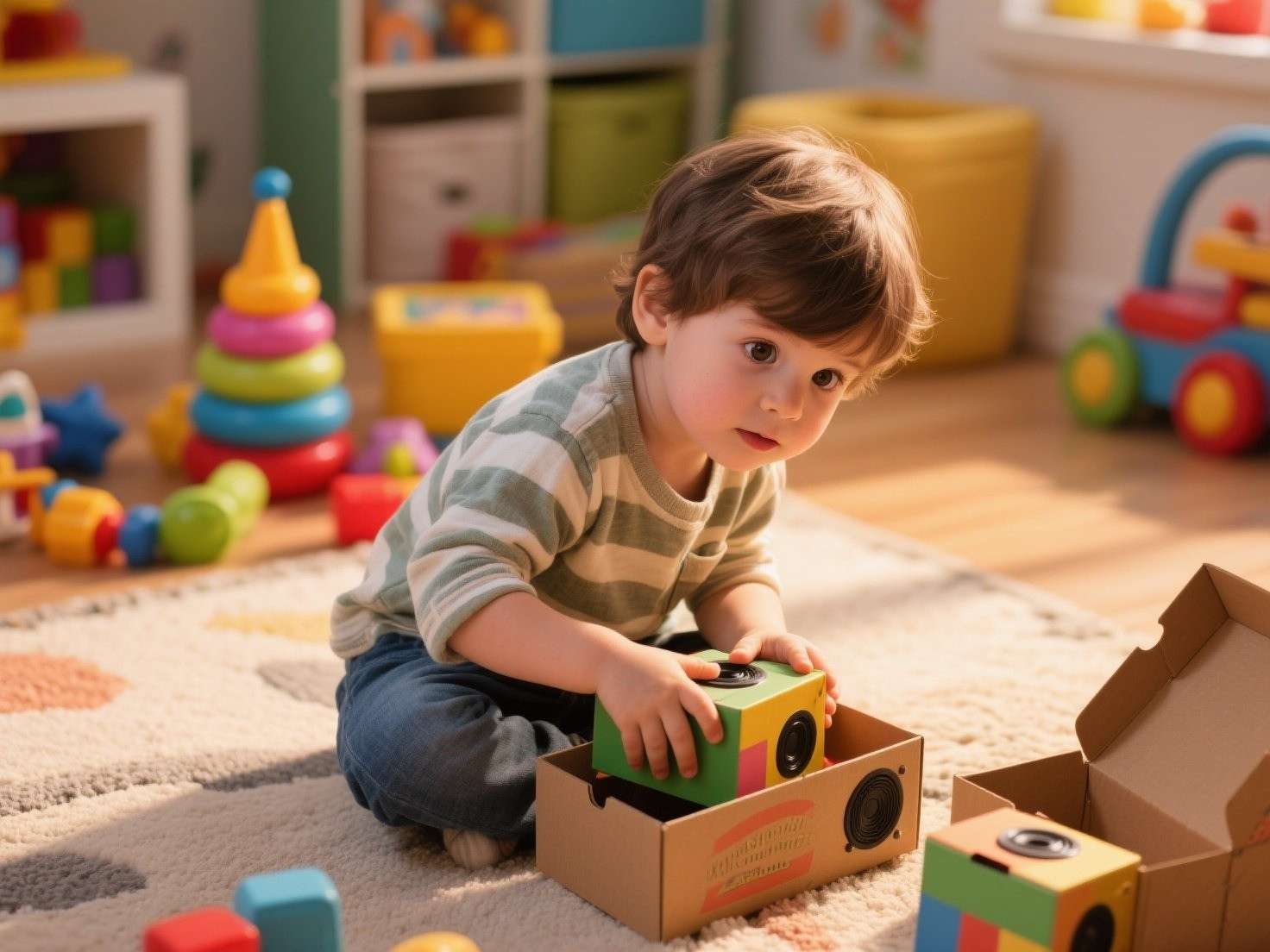
7. Water Painting on Pavement
Water painting on pavement offers a disappearing canvas that resets itself in minutes. Hand children bulky paintbrushes, rollers, and a bucket of water, then invite them to sweep letters, numbers, or swirls across warm concrete. The bold, temporary strokes reinforce pre-writing shapes and encourage persistence as they fade. Challenge kids to trace their shadows or outline sidewalk cracks, nurturing spatial reasoning. This activity cools hot afternoons, strengthens shoulder muscles, and requires zero cleanup. Add drops of citrus essential oil to the water for a gentle scent twist, and time how quickly sun and breeze collaborate to erase masterpieces completely, magically.

8. Scented Sorting Station
A scented sorting station layers olfactory exploration with classification skills. Place everyday aromas—coffee beans, lemon zest, lavender buds, cinnamon sticks—in drawstring muslin bags, then jumble them inside a basket. Invite children to sniff each, predict identities, and group similar scents, expanding descriptive language and memory. Blindfolded play sharpens attention by eliminating visual cues. Record reactions in a simple chart with smiley faces to introduce data collection. Expand the activity by adding complementary taste samples, teaching that flavor pairs smell and tongue sensations. Finish with a calming deep-breath exercise using favorite sachets to demonstrate mindfulness and emotional regulation, engaging sensory journey.

9. Frozen Treasure Dig
Frozen treasure digs marry archaeology excitement with temperature exploration. Freeze plastic animals, letter beads, or coins in layers of colored water inside a silicone loaf pan overnight. Provide eyedroppers of warm saltwater, child-safe chisels, and spray bottles so kids can test melting strategies. Discuss states of matter and insulation while they experiment. Set a stopwatch to see which technique frees objects fastest, introducing basic hypothesis testing. Once treasures are liberated, use them for storytelling prompts or counting games, stretching learning further. Refreeze the pan afterward to observe how air pockets, cracks, and refrozen layers alter future extraction challenges dramatically again.

10. Bubble Wrap Stomp
Bubble wrap stomp converts packing leftovers into a jubilant sensory runway. Tape long strips of bubble wrap to a safe floor area and invite barefoot marching, tiptoeing, or scooter rides. Each satisfying pop reinforces cause-and-effect understanding and supplies proprioceptive feedback that calms high-energy bodies. Play upbeat music and call out movements—giant hops, side shuffles, crab walks—to mix coordination with rhythm practice. Challenge children to predict which bubble clusters will pop first by inspecting size variance, teaching scientific reasoning. After the session, count popped versus intact bubbles to incorporate simple tally charts, then recycle the wrap responsibly and celebrate eco-minded play.

Closing Thoughts
Sensory play doesn’t require elaborate gadgets or pricey subscriptions—just imagination, everyday supplies, and a willingness to embrace a little mess (or cleverly contain it). By rotating these 10 Simple Sensory Activities to Boost Your Child’s Learning at Home, you’ll nurture fine and gross-motor skills, spark budding scientific curiosity, and strengthen the sweet bond that grows when adults take time to play alongside children. Keep a camera handy, celebrate small discoveries, and remember that every scoop of rice or stomp on bubble wrap is building neural connections that last a lifetime.


